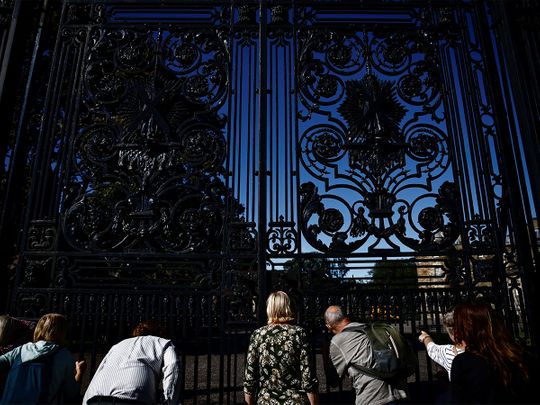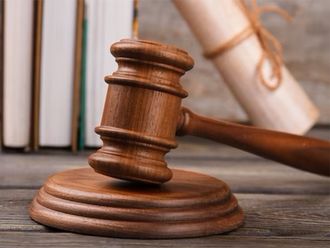
Edinburgh: Since the queen's death aged 96 on Thursday, her body has remained at her Balmoral estate in northeast Scotland while her eldest son travelled to London to be formally proclaimed King Charles III.
On Sunday, the coffin will be taken by road to the 500-year-old Holyroodhouse palace, set against the dramatic backdrop of Arthur's Seat, an ancient volcano that dominates Edinburgh's sweeping Holyrood Park.
The palace has been used by Scottish and English monarchs for centuries, since James IV began construction on the site of the Holyrood ("holy cross") abbey.
According to legend, the abbey was founded in 1128 by King David I after he saw a vision of a stag with a glowing cross between its antlers, which he took as a sign from God.
One of the palace's most notable residents was Mary Queen of Scots. It was in her private apartments there that, in 1566, she witnessed the brutal murder of her secretary instigated by her jealous husband.
In 1633, Holyroodhouse was the site of the Scottish coronation of King Charles I, whose reign led to a civil war in which he was executed, and the palace was damaged and abandoned.
After a brief republic, his son returned as King Charles II in 1660 and renovated the palace.
Elizabeth was a regular visitor during her reign, holding an annual garden party attended by around 8,000 people, and in 2010 she received Pope Benedict XVI there during his UK visit.
Protestant roots
On Monday, the new king will accompany his mother's coffin in procession along the Royal Mile to the magnificent St Giles' Cathedral, where he will also hold a vigil.
Founded around 1124 as a Catholic parish church, St Giles' has witnessed key moments in British history.
It was at the heart of the Reformation, with Protestant theologian John Knox installed as minister there in 1559, the year before Scotland officially threw off the Catholic Church.
In 1637, a riot erupted after a local woman threw a stool at the preacher in St Giles' in protest at Charles I's attempts to impose English Anglican worship on Presbyterian Scotland.
And in 1707, when England and Scotland were joined by the Act of Union, legend has it that the bells of St Giles' rang out the tune to "Why should I be so sad on my wedding day?", reflecting the opposition among many Scots to the move.
St Giles' also houses the Thistle Chapel, home to Scotland's highest chivalric order, the Order of the Thistle.
Elizabeth, as head of the order, was present when Charles was installed as a member in 1977.
It was also at St Giles' that she was symbolically presented with the Honours of Scotland - a crown, sword and sceptre - at a service of thanksgiving for her coronation in 1953.











